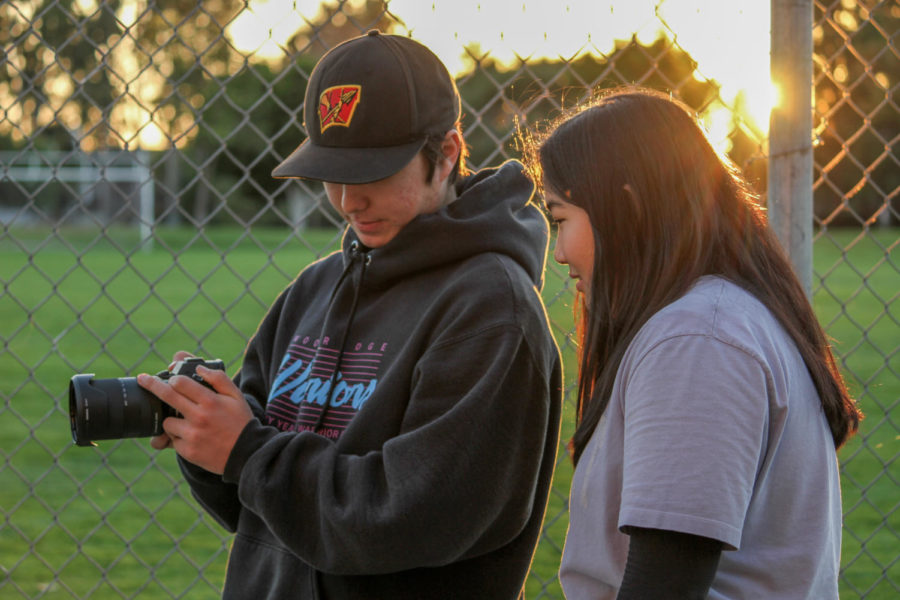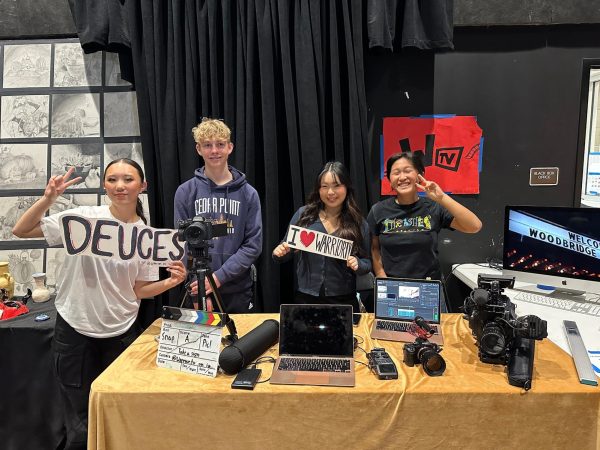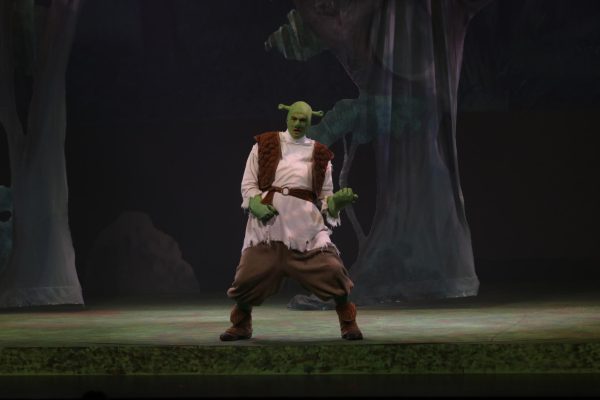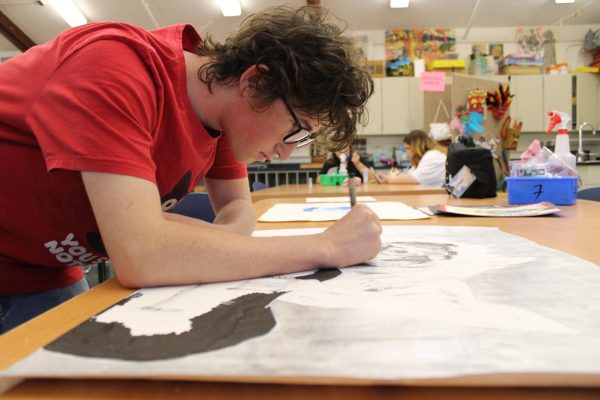The Inner-Workings of Woodbridge High’s Weekly Broadcast, Warrior TV
Warrior TV strives for quality and entertainment for Woodbridge High in their homeroom episodes, but behind the curtain there is a long road to success
Warrior TV crew discuss possible angles during filming of their next segment.
Established in 2012, Warrior TV is a student run club that creates monthly news broadcasts for Woodbridge High. The group boasts a prestigious number of awards in film festivals and competitions on top of being a primary source of need-to-know information for Woodbridge High students within their homeroom-aired news episodes.
But there’s a road to releasing an episode, paved in hardwork.“We split into groups and share roles so we kind of mix up jobs,” junior Eli Cullen said, a member of Warrior TV. “Sometimes I’ll be filming my group’s segment or other days I’ll be editing and some days I’ll be pitching ideas.”
Assignments such as writing, editing, filming and being in front of the camera are rotated between members of the club. These roles are changed often to encourage members of the program to learn new skills and explore different paths that exist in real productions, as well as diversify their skill set and find their personal favorite jobs.
The complexity of these productions is something the group takes with pride. “I feel like when you watch a video people really don’t know how much goes into it, the [segment] might literally be 2 minutes long but it can take 24 hours to make,” Warrior TV director and senior Caitlyn Selby said.
Every role is equally vital to the creation of the episodes. “Filming provides rough cuts that don’t capture the entire image of what a group desires as an outcome. Through editing, the full idea is portrayed,” Warrior TV member and senior Sabrina Rassouli said, professing an interest in the editing process.
Students in leadership roles operate outside of the main groups and the job rotation, choosing to help where they see fit. “[I] help out wherever is needed,” Warrior TV producer and senior Sham Aljijakli said. “I am also in charge of the equipment so whenever someone needs to check out something I can help them with that and then I can check them back in.”
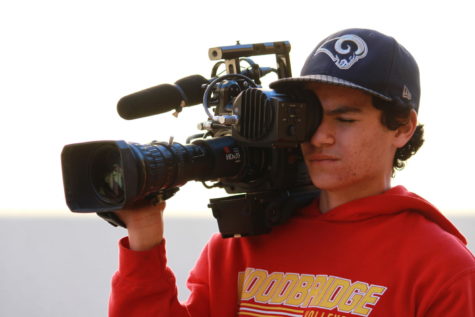
“I do a lot of everything; it’s a lot of behind the scenes logistics stuff,” Selby said. The director, while overseeing the entire production and editing the final cut of the episode in production, also participates in a group, and has the responsibility of filming the guest anchor segments for each episode.
Every new episode starts with a pre-production process, beginning in the ideas phase. “We all have different favorites when it comes to TV shows, films, and more, and getting inspiration and combining those ideas together creates unique outcomes many of us feel proud of,” Rassouli said.
All members, regardless of their roles, contribute to the development phase. “I really like the creative aspect of it, getting to know the ideas of each individual is really cool because it’s very collaborative,” Selby said.
The influences can be as simple as music choice or as bold as lighting and filming locations, with influences from every member culminating in the final product.
However, deadlines can be tight on the creation of the episodes.
“The time constraint is probably the biggest problem because when we film we have to fit into everyone’s schedules so if some people can only film the day before it’s due then it puts a lot of stress on the [editing],” Cullen said. Episodes are produced over the course of two to three weeks.
“Filming takes a lot longer than you think it will,” Selby said, in reference to the stressful game of juggling to keep production on schedule. “You might have a scene scheduled to take an hour, but it might take two,” Selby said.
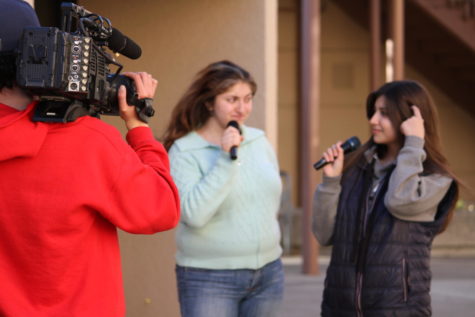
The production of even the simplest segments can be stressful. “It can take 24 hours, minimum, to do,” Selby said. “You’ll spend four hours on pre-production, you need a script, [and much more].”
Wrangling equipment, cameras, microphones and lights is another challenge when working within a time constraint.
“Equipment is very heavy and very expensive. Sometimes the problem is just getting people to fill out the check in and check out forms,” Aljijakli said.
On top of their news briefs, the group also participates in 24-hour competitions where teams are constrained within a 24-hour time period with a basic prompt to create a short film.
To join Warrior TV, Woodbridge High students can apply as an elective but it is recommended to take one semester of Digital Media Arts to qualify. The class prepares potential Warrior TV members how to use equipment and editing software utilized in the production of the program’s episodes.
The club’s members expressed enthusiasm in their work and shared a common joy in the filmmaking process. “Warrior TV just creates a team overall and we’re all really close friends so if you’re definitely thinking about joining Warrior TV you should,” Aljijakli said, encouraging Woodbridge High students who are interested in film to join the program.
Your donation will support the student journalists of Woodbridge High School. Your contribution will allow us to purchase equipment and cover our annual website hosting costs.
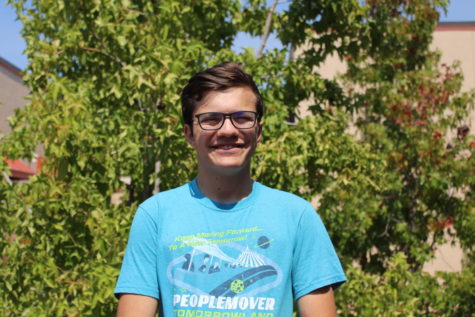
Hello Warriors! I'm a three year veteran of Entertainment Core, and dabble with visual effects as my side hobby. I'm super excited to be one of the business...
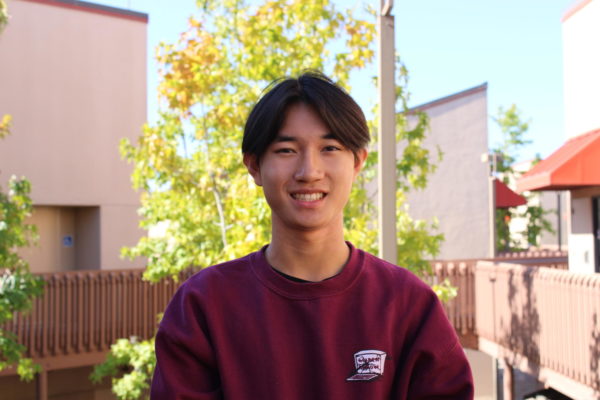
Hey Warriors! My name is Ocean Pham and I am excited to continue my second year as a photo editor! I hope to share my skill in photography in our issues...



